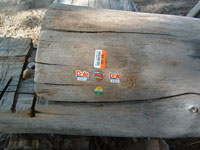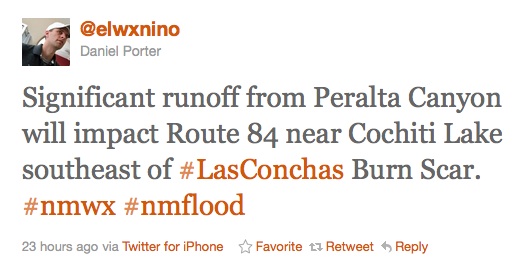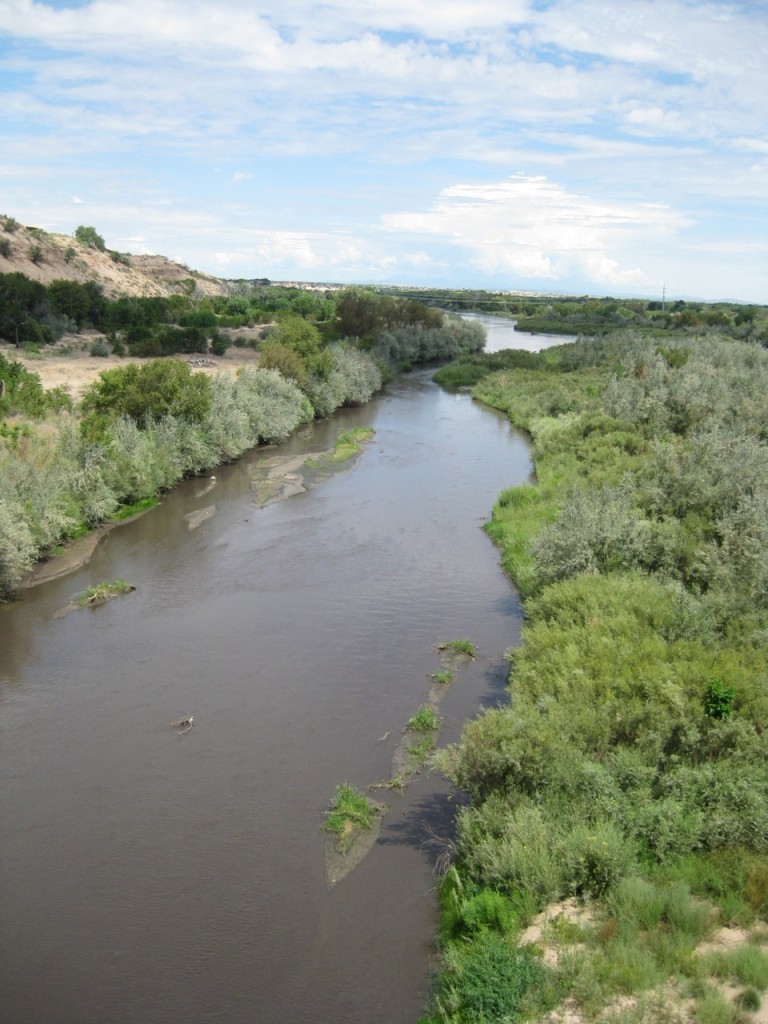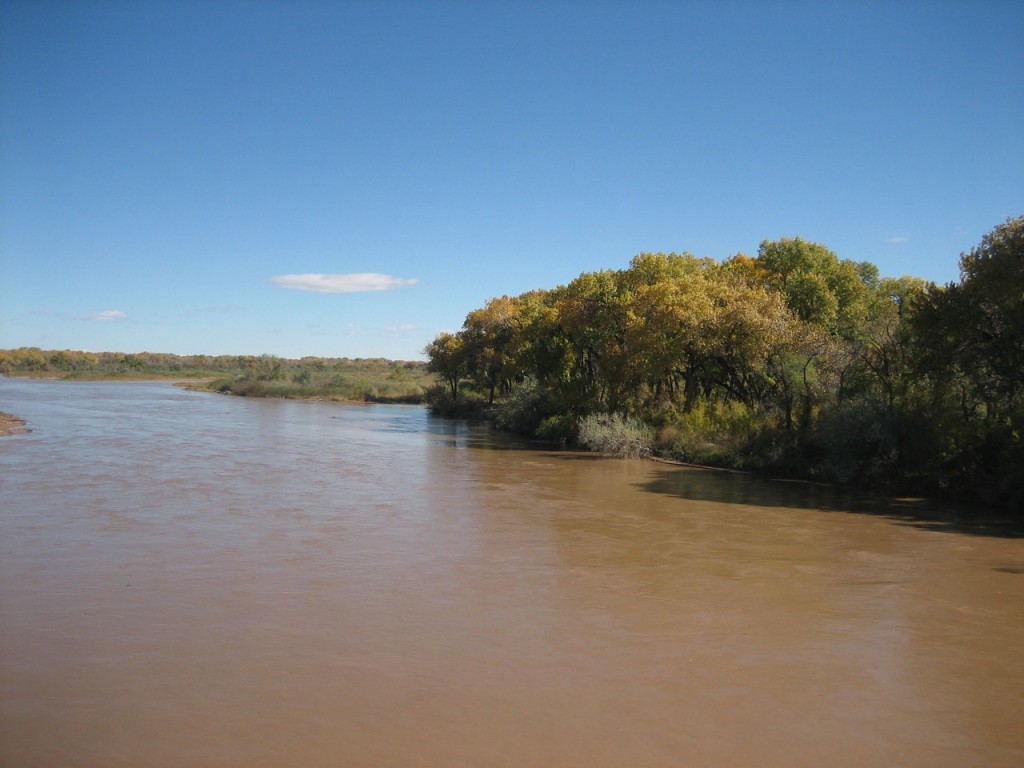One of my new tricks when looking at western water problems is to pose the question: “What is the failure mode?”
It’s clear that on many scales, both temporal and geographic, we’ve got supply-demand imbalances. It’s easy to point that out and call the system unsustainable, to point out that we’re headed for a crash. But I’ve become serially curious about how the crashes will manifest themselves. If we stay on the present trajectory, who/what is the person/institution who will lose their water first?
In a piece over at the Lane Center earlier this month, I argued that the answer for the current drought on the Colorado River so far has been “no one”:
Such is water management on the Colorado River that, in the wake of the worst drought in a century of record-keeping, from 2000 to 2010, everyone in the seven western U.S. states and Mexico that depends on the Colorado River continued to get their full allotment.
I got a thoughtful email in response from Jennifer Pitt at the Environmental Defense Fund who pointed out why that’s not quite right (quoted with permission):
The real casualty of the decade of drought is the Colorado’s delta. While the LB states ate their way through storage, the delta remained dry, save for a couple of times that the Gila ran and a few small flows released when there were infrastructure problems elsewhere (eg after the earthquake). Significantly, the absence of any kind of substantial regular flows in the delta means the alluvial aquifer is drying out where it’s not recharged by irrigation. We’re losing habitat on the river.
Jennifer’s making a great point here that highlights the fact that the “failure mode”, as I’ve been defining it, most often starts with humans continuing to take a full allotment of water from the system in question, while the environment gets shorted. Here in the United States, that explains why so many water supply battles are fought as Endangered Species Act battles – because water for endangered species is the first place the trouble shows itself.
In this case, the Colorado Delta is in Mexico, so ESA doesn’t apply.





